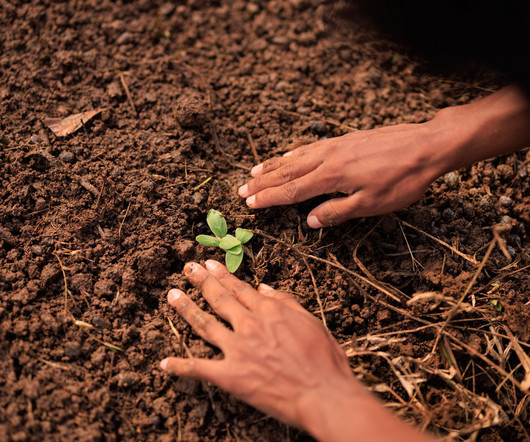13 SUSTAINABLE PRACTICES FOR A HEALTHY PLANET
Sustainable Harvest International
APRIL 22, 2022
lawns consume 800 million gallons of gasoline to stay neatly trimmed and 3 million tons of nitrogen-based synthetic fertilizer to stay green. That means that they’ll need less water, less fertilizer, and less maintenance from you! Eventually, you can use this compost to feed your gardens and keep your soil happy! Instead, U.S.











Let's personalize your content